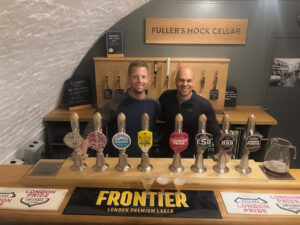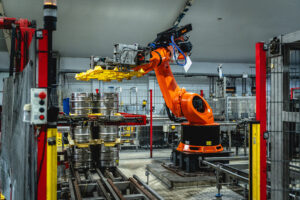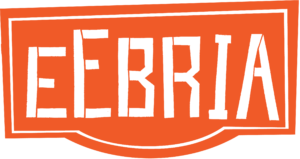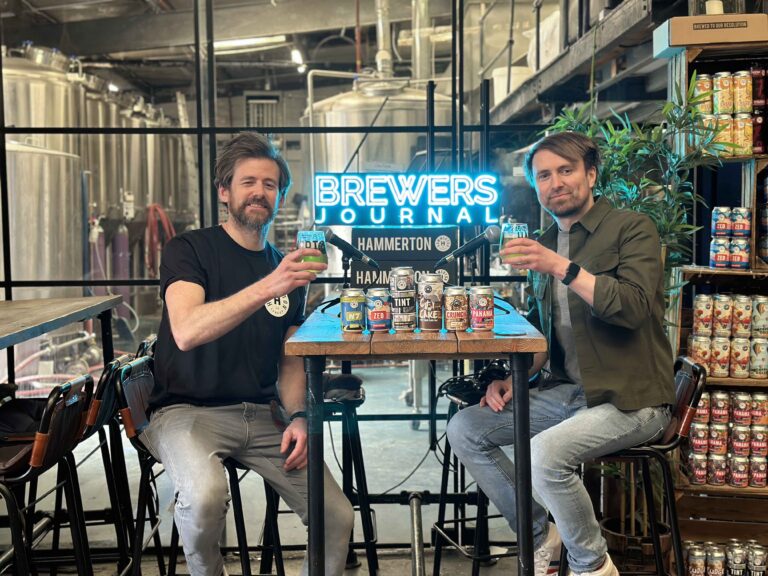London’s Gipsy Hill has taken almighty strides since starting out in 2013. In 2019, it has undertaken a brand refresh, completed a significant expansion and grown its team. But for co-founder Sam McMeekin, many challenges lie ahead for independent craft breweries like his and action is needed sooner rather than later.
For a good six months in 2018, the small team that puts together this magazine would meet on a weekly basis at The Parcel Yard, a welcoming Fuller’s pub that’s located upstairs in Kings Cross station, London.
There is, evidently, no such thing as a quiet time of day to visit this particular establishment but as fortune would have it, we’d always manage to snag a table for four. One of us would then head to the bar, or a member of the incredibly helpful table service team would magically appear to take our order.
“Four pints of Hepcat, please.”
There was no discussion. Hepcat was the order of the day and that was that.
It even got to the stage where return visits would be greeted with a knowing glance by the bar staff. The one to say ‘Yeah, we know what beer you want’. Surely some sort of achievement at such a busy hostelry.
Hepcat is a Session IPA and something of a mainstay for London’s Gipsy Hill Brewing Company.
The beer is brewed with Vermont yeast, Mosaic, Equinox, Citra, Moteuka aroma hops and Magnum for bittering with a malt bill of Low Colour Maris Otter, Munich, Caramunich T2, Caragold, Oats, Cararuby, Acidulated, Wheat Munich Light.
It’s super tasty and, as the style suggests, ideal for a session. Speaking from experience, of course…
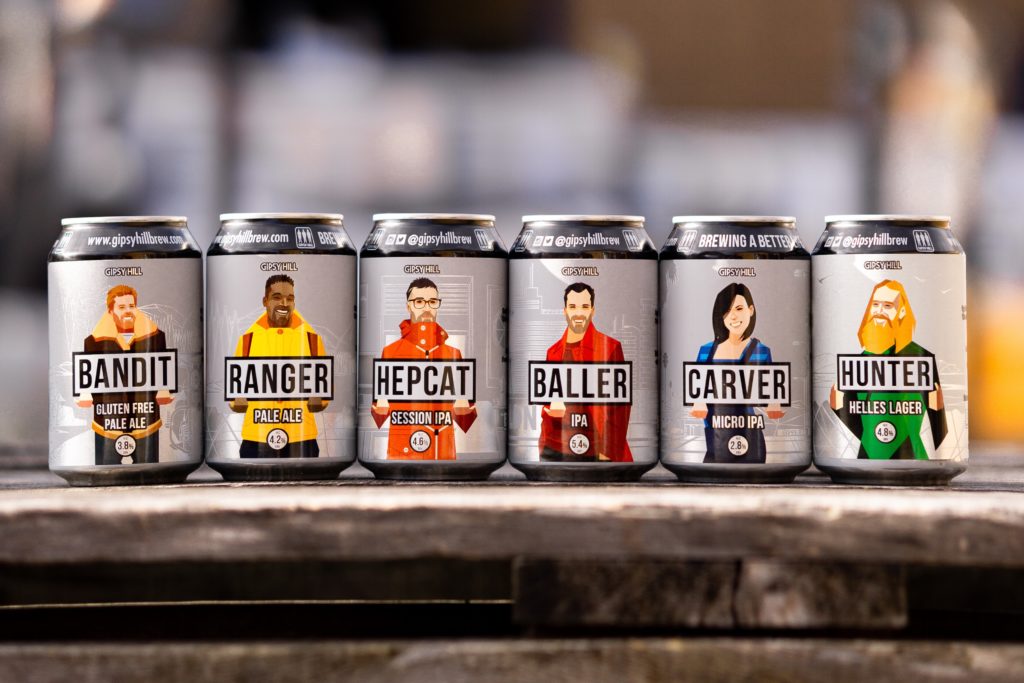
You could argue that Hepcat embodies a lot of what Gipsy Hill is about. Excellent beers that are accessible but without compromise. The success of such brews has played a major role in the brewery’s growth since it was founded back in 2013.
The outfit started life after Sam McMeekin and Charlie Shaw met at the evergreen institution that is The Rake in London’s Borough Market. The duo had heard that they had the same plans – and that was to build a brewery. They shook hands, drank some beer, got to know each other and penned a plan to put their stake in the exciting and scary world of brewing.
The following year, Simon Wood would join the team and a unit in Gipsy Hill was leased. Beers such as Southpaw and Beatnik were introduced with a primary focus on cask production. 500hl was brewed by the time the year was out.
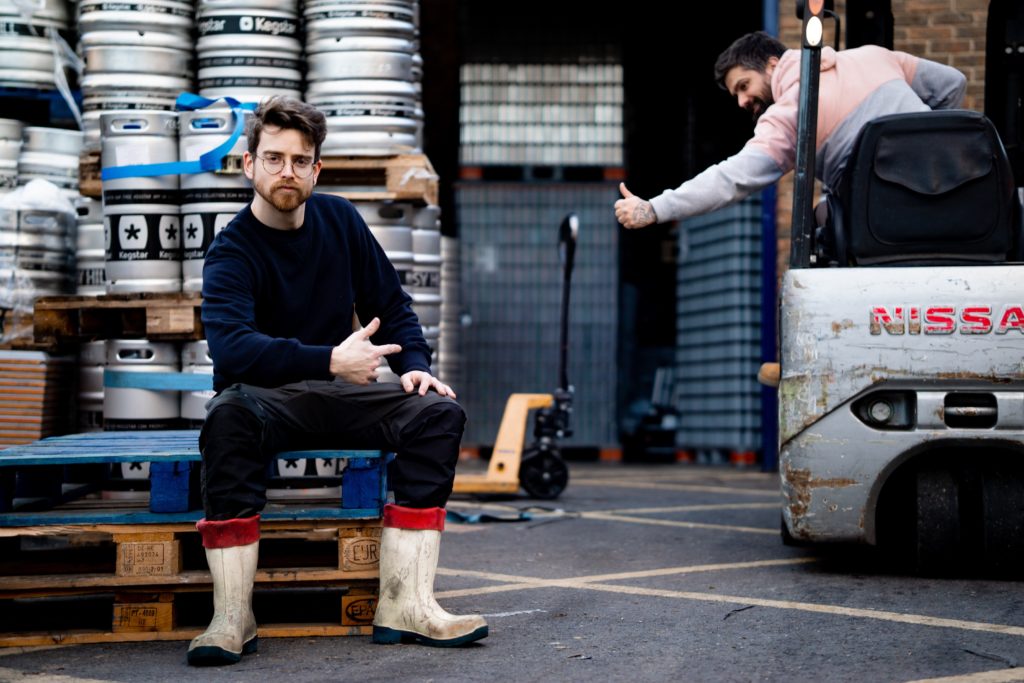
Fast forward five years and things have grown somewhat. The business has just completed a brand refresh and significant expansion.
This came on the back of the business redoing its brewhouse and fermentation cellars, as well as layer in a whole load of new technology.
They installed 4 x 120hl tanks to increase fermentation capacity by about 65%. They also installed a new whirlpool, allowing them to brew twice a day on a single brew-shift. The whirlpool complements a new souring kettle, an uprated water purification system and plans to add barrels and foeders to its armoury.
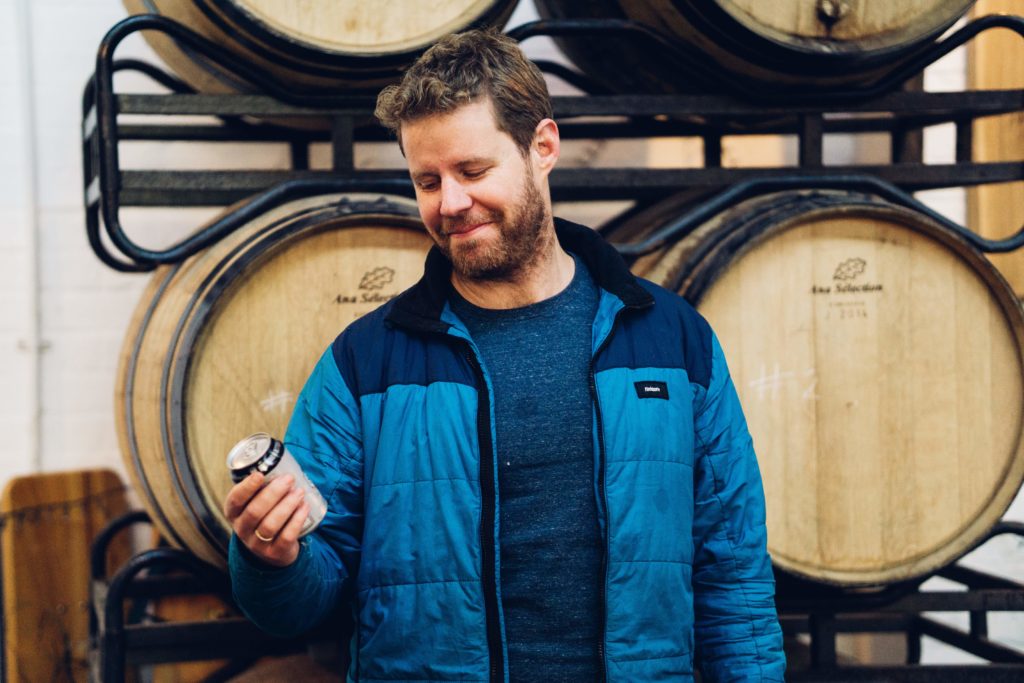
McMeekin (above) is understandably enthused by the latest additions to the brewery but more so, the impact they’ll have on the business and the team behind it.
“We’re at a point where we can brew twice during an eight-hour shift. This is great because we can keep things on a single shift and one of our goals is to be a single shift brewery,” he says. “Brewing in the same shift we’re packaging in is very important for us. We don’t want to do shift brewing because it puts the culture under strain.”
“You know, it’s tough for the team. I’d sooner have a team we can invest in, one that is more focused rather than growing with the addition of shift brewers,” he adds.
While the aforementioned Hepcat and other core numbers account for a good part of everything Gipsy Hill produce, the addition of the souring kettle enables the team to produce a sour beer each week, rather than one a month, if they so wish. Considering the brewery has put out several new beers a month for the last 30 or so months, increased proliferation in its sour output should come as no surprise.
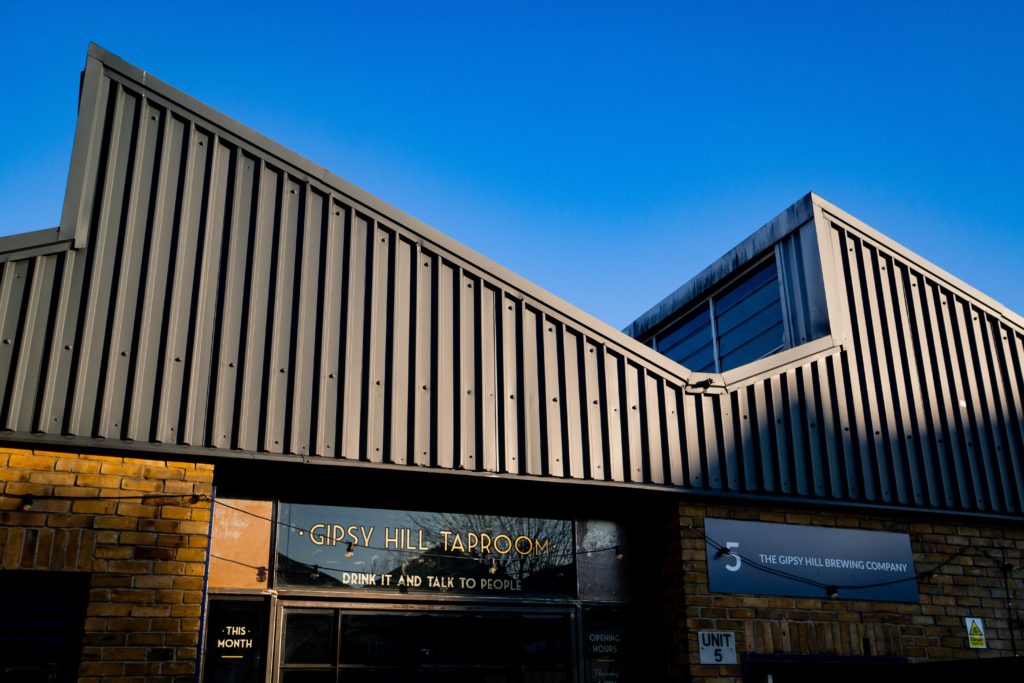
These will complement Gipsy Hill’s revised core range which, until recently, was probably “the smallest in the UK” comprising a mighty two beers. No longer, however. The modern core features Carver, a 2.8% Micro IPA, Gluten Free Pale Bandit, Ranger Pale Ale, Hunter Helles Lager, Baller India Pale Ale and, of course, Hepcat.
The updated range came at the right time for the business. Following some 700 brews, the company took the decision to refresh its branding with the message “Brewing a Better Life”.
“Last November, Charlie and I sat down to discuss increasing capacity. But we knew it made sense to ask ourselves what our range would look like at that point,” says McMeekin. “So we spent the next six months really digging into what we stand for. Why do we stand for this and what are our values were. Did we have a mission and if so, what was it?”
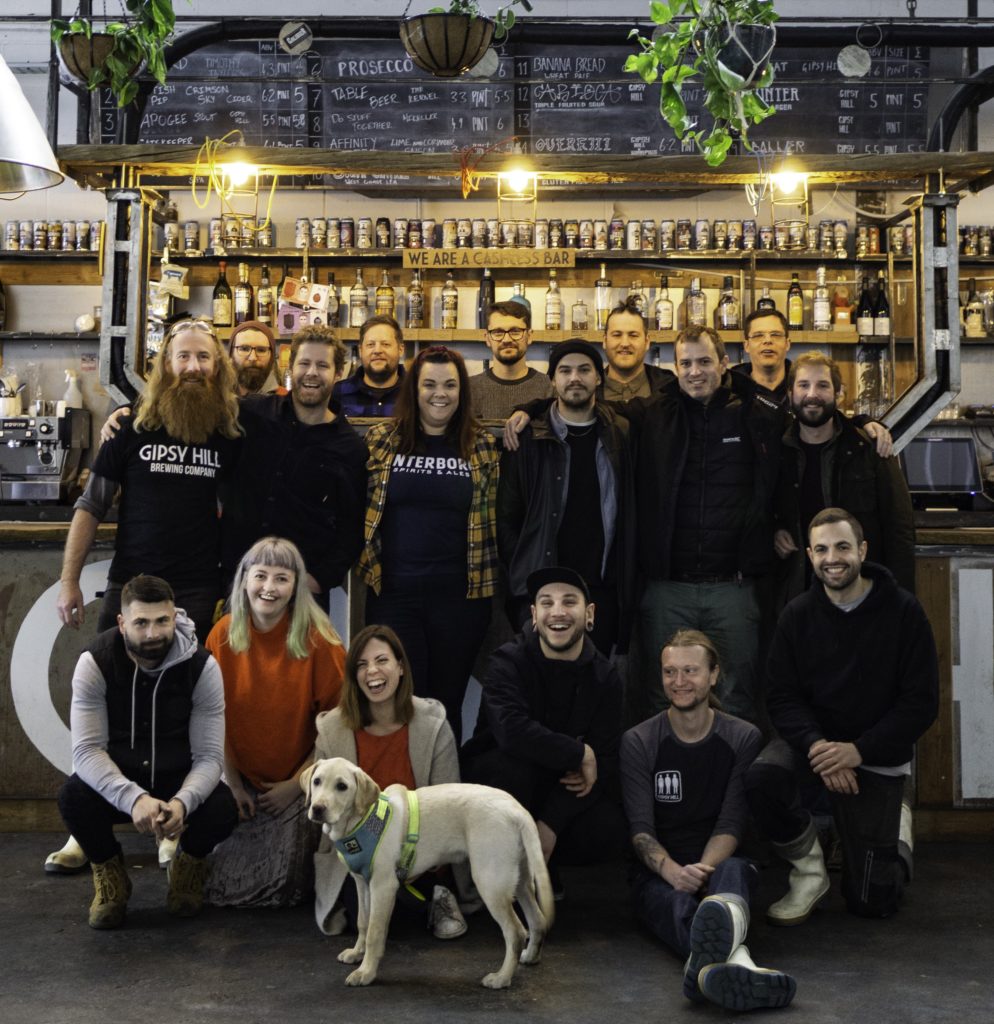
He adds: “So at the end of all of that we found ourselves in a position where the idea of ‘drink and talk to people’ was all well and good, but felt we wanted something with more meaning.
“We figured it was time to take a moment, look back and reflect for a second on where we’ve come from, then think about where we’re going. Gipsy Hill was born out of family. It was cobbled together by a few guys who needed something meaningful in our day to day, because time away from our new, young families had to mean something.
“That’s the blood that flows through our veins. Family, our team, our passion for making the best beer we can and our desire for what we do to stand for something.
“That means treating people right. It means investing in quality equipment. It means getting better at what we do everyday.”
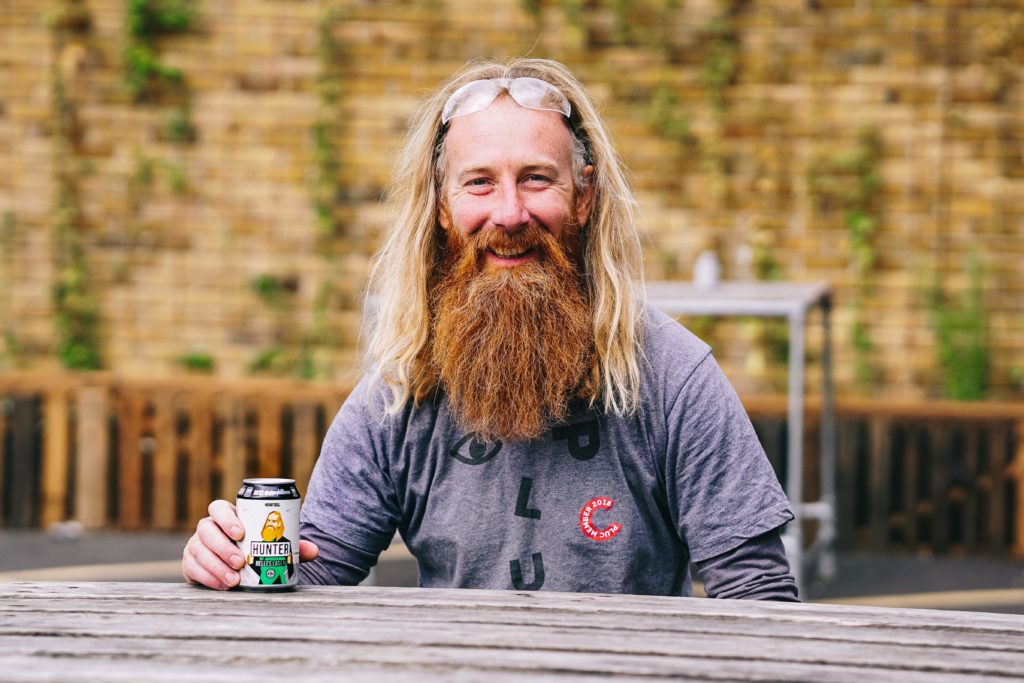
With a successful expansion and refresh under their collective belts, McMeekin’s laser focus has returned (not like it ever left) to wider industry issues.
You really have got to be on top of your finances because that’s crucial to running a good brewery or rather, just running a brewery doesn’t run out of money!
“You know, being independent is not easy. You don’t have big resources and the access to those tools. I mean, I’ve got so many plans but you just need some cash to do them,” he explains. “Sure you could Crowdfund or take on private equity stakeholders but, you know, it’s tough because we’re in a capital intensive business. You really have got to be on top of your finances because that’s crucial to running a good brewery or rather, just running a brewery doesn’t run out of money!”
McMeekin isn’t in the business of just getting by, but he’s adamant that for independent outfits such as Gipsy Hill to thrive, then they need help from the government and industry bodies.
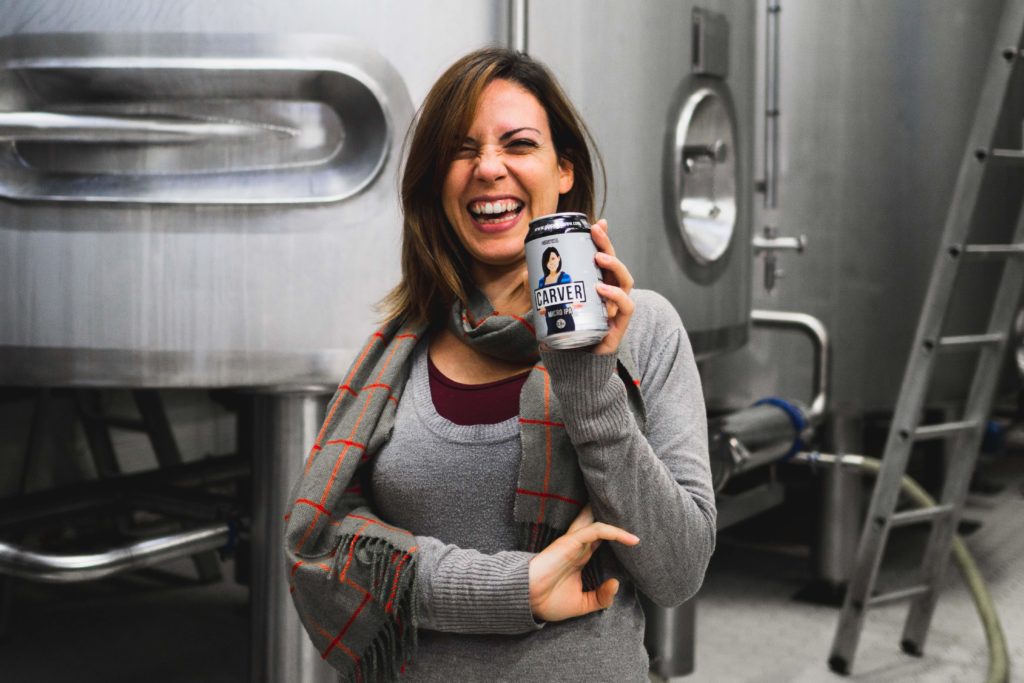
He says: “My main concern remains that independence becomes something of rounding error as a percentage of craft beer. Because if that happens then you’ve lost, like the national battle for shelf space or draft tap space, or whatever it may be.
“If independent craft beer is just, let’s say 10% of all craft beer, then craft beer drinkers are basically not drinking independent craft beer. They’re just drinking macro masquerading as it. It may be dramatic for me to say but in that outcome, independence won’t be associated with craft beer. It’ll be off doing its own little thing,” he adds.
“Just look at America. They’ve held on to 55% of the value of craft beer being independent. They’ve carved out their corner, and that’s not really going away anymore,” says McMeekin. “They have critical mass and it’s a self-sustaining thing. I think that consumers care enough over there to keep it all going. And that means they’re not going to become 10% of the market. It just won’t happen.”
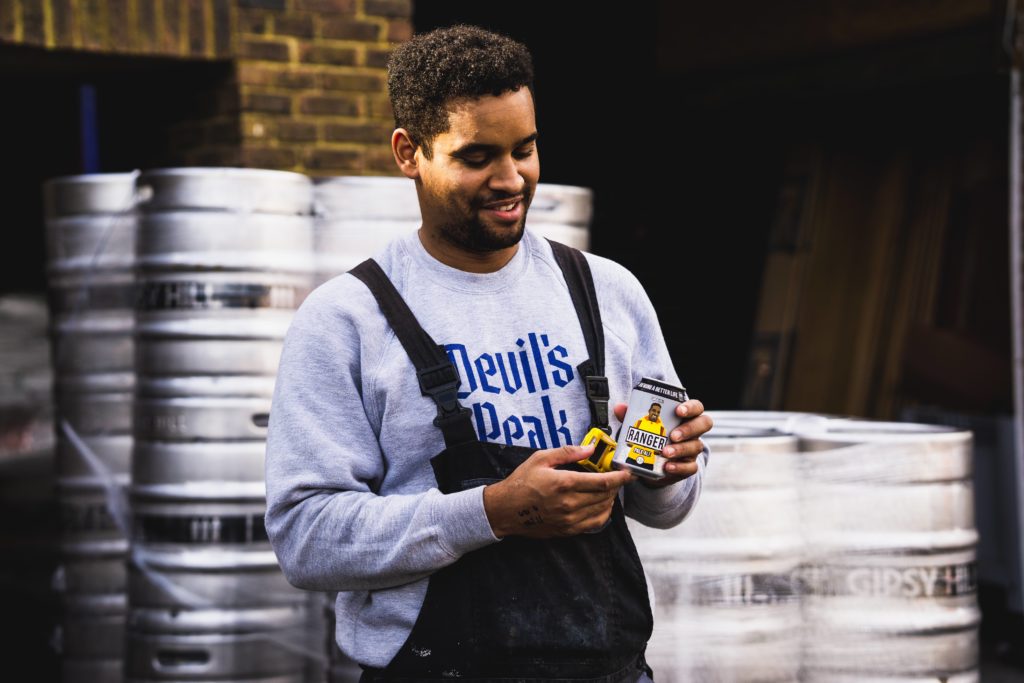
McMeekin casts envious glances at the US craft beer industry but he’s using the way breweries have navigated those choppy waters as encouragement for how the UK can flourish, too.
We need an industry body that is actively protecting our corner and we need to act on these threats sooner rather than later.
“We’ve got those challenges ahead of us. But if we can’t make consumers like independent craft beer and enable them to become evangelists for it, then we could end up that small 10% of the total craft market,” he says. “We need an industry body that is actively protecting our corner and we need to act on these threats sooner rather than later. We can still win this particular battle but if we’re not careful, then it’s just as likely that we’ll lose. And who wants that?”

